Latest News
Discover the Taste of Nanyang | 感受地道南洋风味, 从厨房开始!
Jul 8, 2025

🌏 Discover the True Taste of Nanyang at Horeca Hub
Johor Bahru, 8 July 2025 – Food entrepreneurs, café owners, and chefs are invited to experience the authentic flavours of Nanyang at an exclusive event organised by Horeca Hub and My Chef Chef this Friday, 11 July 2025.
This culinary showcase offers free tasting sessions featuring signature Nanyang dishes such as half-boiled eggs, toasted bread, Nanyang coffee, nasi lemak, mee siam, spiced fried chicken, rendang, Nyonya acar, and five types of sambal – designed to inspire menu innovation and reconnect with classic flavours beloved by Malaysians.
Attendees will also witness live cooking demonstrations using state-of-the-art professional kitchen equipment, including:
-
UNOX Cheftop Mind.Maps™ Oven for precision baking and roasting
-
Auto Stir-Fry Cooking Machine for efficient and consistent stir-fry cooking
-
Robot Coupe Vegetable Preparation Machine for fast, uniform food prep
“This event helps F&B business owners explore kitchen solutions that improve productivity and ensure consistent food quality, while experiencing the heritage taste of Nanyang,” said the organiser.
The event will be held at Horeca Hub Industri Jaya with two sessions: 10AM-12NOON and 2PM-4PM.
🎟️ Admission is free but seats are limited. Early registration is encouraged to avoid disappointment.
📞 For enquiries or to secure your slot, contact 012-915 1071 or visit Horeca Hub’s official social media pages.
🔧 About Horeca Hub
Horeca Hub is a comprehensive one-stop centre for hospitality and foodservice businesses, providing professional kitchen equipment, culinary solutions, training, and consultation services to support cafés, restaurants, and hotels in enhancing operational efficiency and business growth.
BEST GUIDE FOR CHOOSING A PAN !
Oct 23, 2024
-
Frying Pan (Skillet): A shallow pan with a flat bottom and slightly raised edges, ideal for frying, searing, and browning.
-
Sauté Pan: Similar to a frying pan but with taller sides and a lid, perfect for sautéing vegetables or making sauces.
-
Saucepan: A deep pan with a long handle and a lid, used for making sauces, boiling, and simmering.
-
Stockpot: A large, deep pot with tall sides, designed for making stocks, soups, and boiling large quantities of food.
-
Wok: A round-bottomed pan with high sides, used for stir-frying and steaming, particularly in Asian cuisine.
-
Baking Pan: Includes various types like cake pans, cookie sheets, and lasagna pans, used for baking in the oven.
-
Grill Pan: A pan with raised ridges that mimics a grill, used for cooking meats and vegetables with grill marks.
-
Crepe Pan: A flat, non-stick pan with low edges, designed specifically for making crepes.
-
Dutch Oven: A heavy pot with thick walls, ideal for slow cooking, braising, and baking.
-
Roasting Pan: A large, shallow pan used for roasting meats and vegetables in the oven.
Each type of pan has unique features that make it suited for specific culinary tasks!
Kitchen Knife Buying Guide
Oct 17, 2024
Kitchen Knife Buying Guide
A good kitchen knife is an essential tool for any home cook, significantly influencing the efficiency and enjoyment of meal preparation. With so many options available, selecting the right knife can be overwhelming. This guide aims to simplify the decision-making process by addressing key factors to consider when purchasing a kitchen knife.
1. Identify Your Needs
The first step in buying a kitchen knife is to understand your cooking habits. Different knives serve specific purposes, so it’s crucial to determine which types you need. The most versatile option is the chef’s knife, ideal for chopping, slicing, and dicing various ingredients. If you frequently work with fruits and vegetables, a paring knife is invaluable for intricate tasks like peeling and trimming. For those who enjoy baking, a bread knife with a serrated blade is essential for cutting through crusty loaves without crushing them. Other specialized knives, such as fillet knives for fish or utility knives for general tasks, can also enhance your kitchen toolkit.
2. Blade Material
The material of the knife blade plays a significant role in its performance and maintenance. Common blade materials include stainless steel, high-carbon steel, ceramic, and Damascus steel. Stainless steel is popular for its resistance to rust and ease of maintenance, making it suitable for everyday use. High-carbon steel, while requiring more care to prevent rust, holds an edge longer, offering precision for skilled cooks. Ceramic blades are lightweight and maintain sharpness but can be brittle, making them less suitable for heavy-duty tasks. Damascus steel is admired for its aesthetic appeal and sharpness but often comes at a higher price.
3. Blade Construction
When examining blade construction, the tang of the knife is an important factor. A full tang means the blade extends through the handle, providing better balance and durability. This design is often preferred by professional chefs and serious home cooks. A half tang, while generally lighter and more affordable, may not offer the same level of strength or balance. Understanding these differences can help you choose a knife that fits your cooking style.
4. Handle Comfort
Comfort is crucial when selecting a knife, as you'll be using it frequently. Consider the handle material—common options include wood, plastic, and rubber. Wooden handles offer a classic feel but may require more maintenance, while plastic handles are often easier to clean. The shape and size of the handle should fit comfortably in your hand; trying the knife before purchasing can help ensure a good grip. A comfortable handle reduces fatigue during extended use, making your cooking experience more enjoyable.
5. Weight and Balance
The weight and balance of a knife can greatly impact its usability. A well-balanced knife feels natural in your hand, allowing for better control and precision. Heavier knives can provide additional force for tougher tasks, but they may also lead to fatigue over time. Conversely, lighter knives are easier to maneuver but might not offer the same cutting power. It’s essential to find a knife that feels right for you, as this will enhance your cooking efficiency.
6. Blade Thickness
The thickness of the blade can affect its performance in different tasks. Thicker blades are more durable and better suited for heavy-duty chopping, while thinner blades excel in precision work like slicing vegetables. Understanding your cooking needs will help you choose a blade thickness that aligns with your typical tasks.
7. Maintenance
Consider the maintenance requirements of the knife you’re interested in. Some knives require regular sharpening, while others maintain their edge for longer periods. It’s advisable to invest in a quality sharpening tool or service, as a sharp knife is safer and more efficient. Additionally, most knives benefit from hand washing rather than being placed in the dishwasher, as the latter can damage the blade and handle over time.
8. Price Range
Setting a budget is essential when purchasing a kitchen knife. While higher-quality knives tend to be more expensive, they often provide better performance and longevity. It’s worth investing in a good knife that meets your needs, as it can last a lifetime with proper care. Look for quality options within your budget, balancing price and performance.
9. Brand Reputation
Researching reputable brands is vital for ensuring you purchase a quality product. Brands known for their craftsmanship often offer warranties and better customer service. Reading reviews and seeking recommendations can help guide your decision and provide insights into the performance of specific knives.
10. Try Before You Buy
Whenever possible, visit a store to handle the knife before making a purchase. Feeling the weight, balance, and grip can significantly influence your satisfaction with the knife. Trying it out will help you assess whether it feels comfortable and meets your expectations.
Conclusion
Selecting the right kitchen knife is a personal decision that depends on your cooking style and preferences. By considering your needs, understanding blade materials and construction, and evaluating handle comfort and weight, you can make an informed choice. Investing time in research and hands-on testing will ultimately lead to a knife that enhances your culinary experience, making meal preparation more enjoyable and efficient. With the right knife in hand, you’ll be well-equipped to tackle any recipe that comes your way.
WHAT'S WORLD FOOD DAY ?
Oct 17, 2024
The first World Food Day was celebrated in 1981, and it has since grown into a global event involving various activities, including seminars, exhibitions, and campaigns. Each year, the FAO selects a theme to highlight specific issues related to food and agriculture.
The day serves not only to promote efforts to eradicate hunger but also to encourage nations to work towards sustainable development and responsible food production. Various organizations, governments, and individuals participate, emphasizing the need for collaboration to tackle food-related challenges worldwide.
High-quality food equipment plays a crucial role in advancing the agenda of World Food Day by enhancing food production, safety, and sustainability. Here are several ways it can contribute:
-
Improved Food Safety: Quality equipment ensures better hygiene and reduces the risk of contamination, which is essential for maintaining food safety standards and preventing foodborne illnesses.
-
Increased Efficiency: High-quality tools and machinery can streamline food processing, reducing waste and energy consumption, which aligns with sustainable practices.
-
Enhanced Preservation: Advanced refrigeration and storage equipment help extend the shelf life of food, minimizing spoilage and loss, thus addressing food security concerns.
-
Support for Sustainable Practices: Modern equipment can facilitate more efficient farming techniques, such as precision agriculture, which optimizes resource use and reduces environmental impact.
-
Empowerment of Smallholders: Access to reliable, high-quality equipment can empower small farmers and producers, improving their productivity and income, which is essential for eradicating hunger.
-
Education and Training: High-quality equipment often comes with training resources that help users adopt best practices, fostering a culture of sustainability and responsibility in food production.
By prioritizing the use of good-quality food equipment, we can make significant strides toward achieving the goals of World Food Day, such as ending hunger and promoting sustainable food systems.
Here is our short video about our dedication on food efficiency & zero wastes:
https://youtu.be/Z7wX94tsDXs?si=L3F6WpsvLyIIMqQI
Do like, share & subscribe ![]()
FINE DINING MERDEKA CONCEPT
Aug 9, 2024
Credit to : https://splatter.co/
As we were thinking to celebrate Hari Merdeka aka National Day in the only way we know how - platters, of course - it dawned on us that using cheeses and fruits weren't the most representative ingredients of Malaysia. So we ask ourselves, what's our favourite Malaysian food? Nasi lemak, of course! Whether you enjoy it in the morning, day, or night, nasi lemak never disappointments. It tastes different wherever you get it from, yet its core essence remains the same - just like the multicultural citizens of this nation who are united as Malaysians. So, nasi lemak flag it is!
Source : https://splatter.co/
FAST, EFFICIENT & HYGIENIC WITH UNOX EVEREO MULTI.DAY HOT VACUUM
Jul 1, 2024
WHICH FOOD GRADE STAINLESS STEEL MATERIAL IS BETTER?
Jun 24, 2024
UNOX CLEANING CHEMICALS
Jun 18, 2024
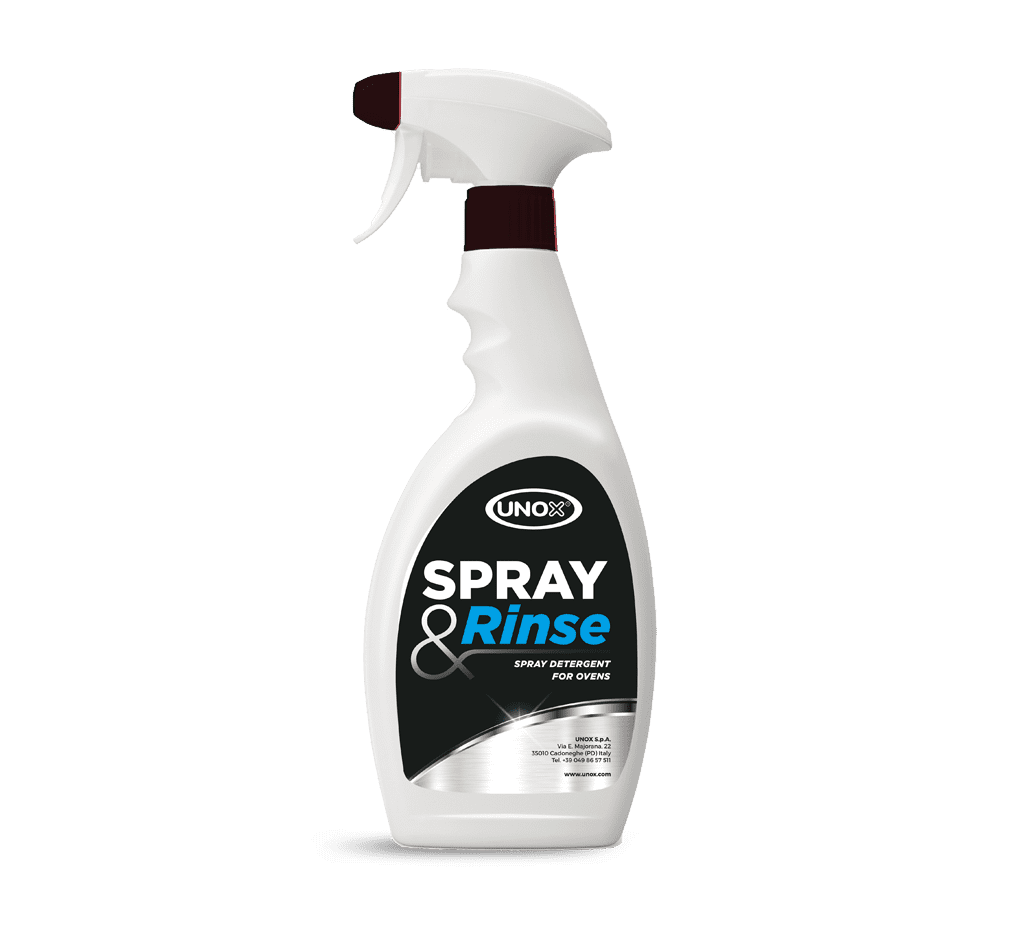
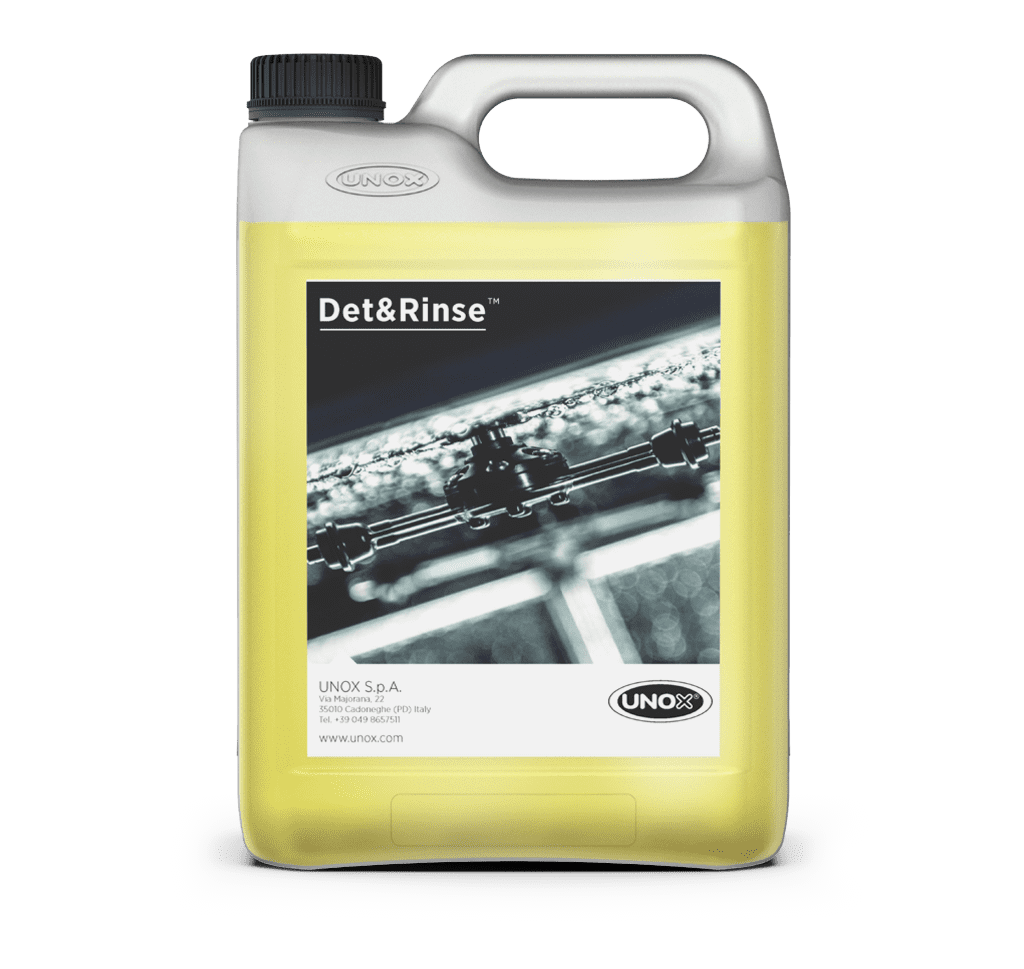
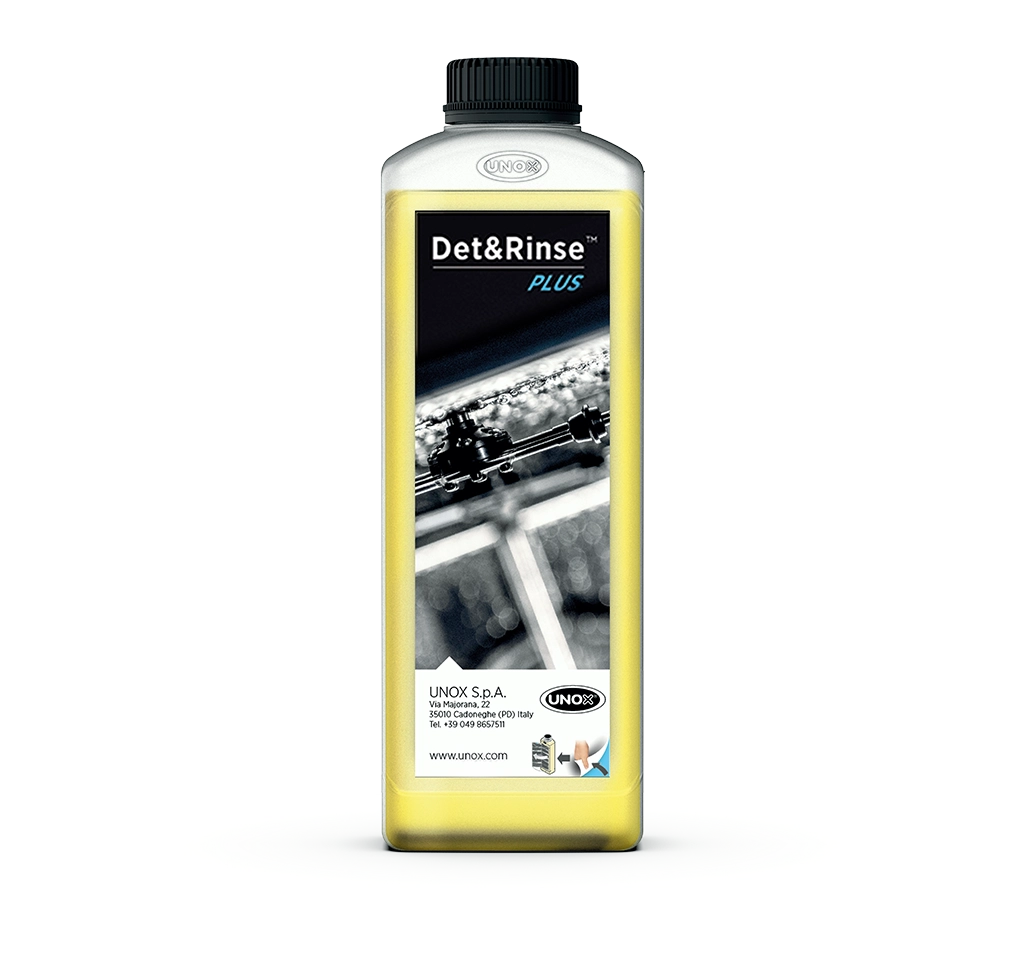
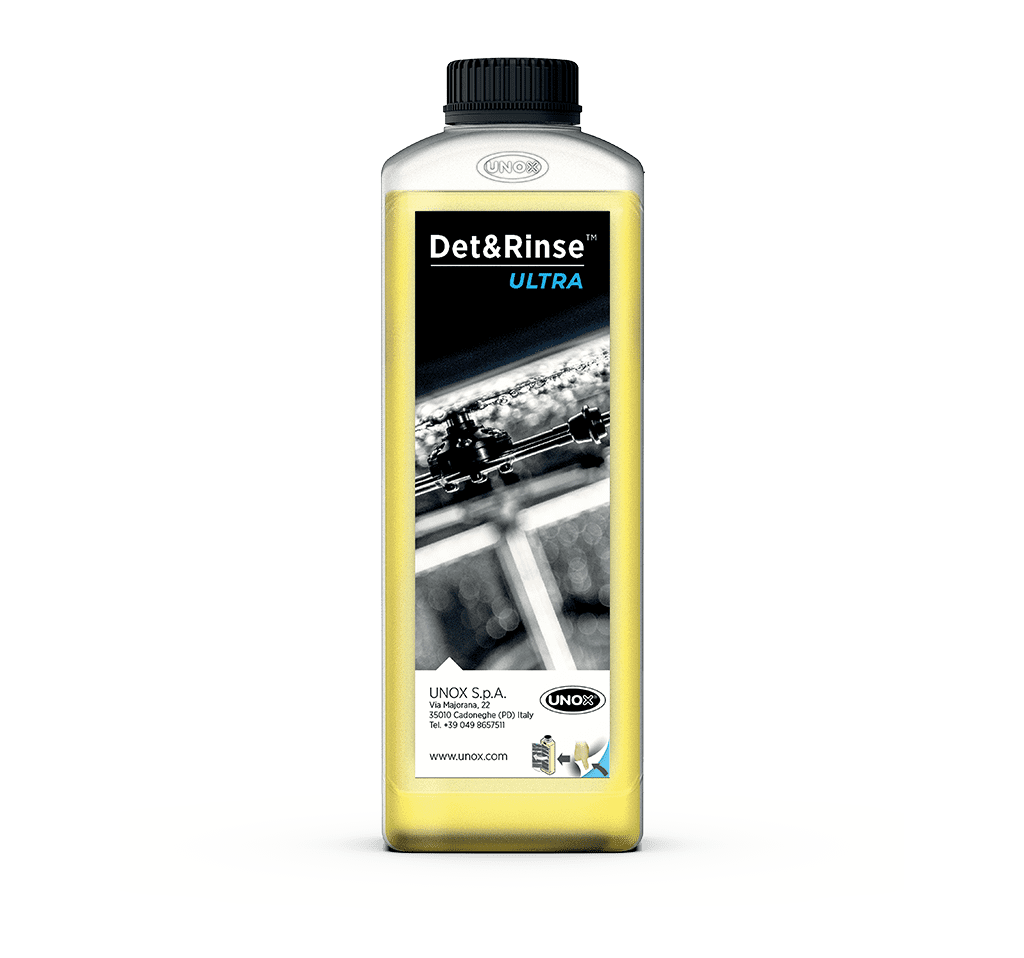
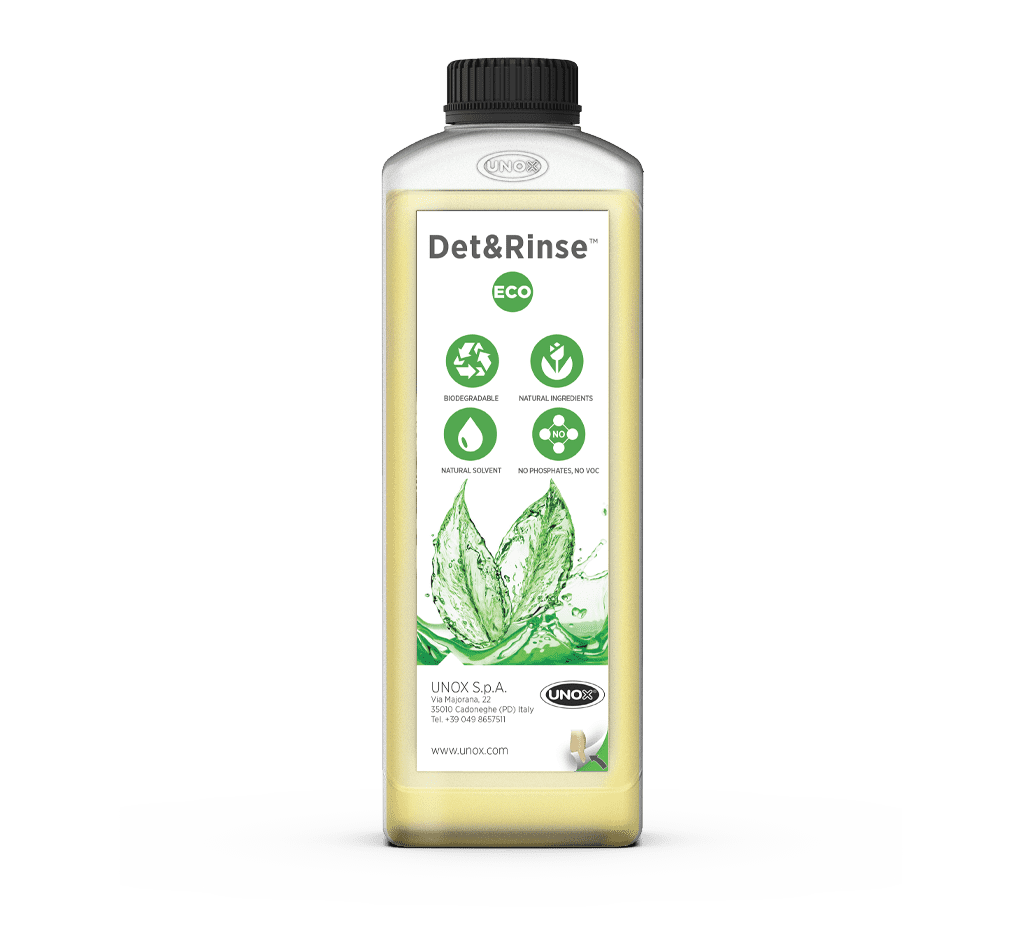
Here's to show how it work with automatic cleaning!
UNOX DEMO SESSION JULY 2024
Jun 4, 2024


Dear Mr/Mrs,
Invitation : Come witness how Unox product can enchance your productivity and consistency bu using Unox Combi Oven .
Join us for a day of culinary magic as we unlock the secrets of the Unox Combi oven. Step into our showroon and discover how our kithcen equipment can take your business to the next level with efficiency and new opportunities on Tuesday July 2, 2024, from 12:00pm to 3:00pm.
Kindly RSVP in this google form : https://forms.gle/1SNwP3vQoo5bCESy7 before Sunday June 30, 2024 to secure your slot so we can prepare properly to accommodate you.
If you have any questions, feel free to call us on +6012-778 1071 (BELLA) or
send us an email at horecahubindustrijaya@gmail.com. We look forward to seeing you there.
Horeca Hub.
MAH GATHERING + FNB EQUIPMENT SHOW
May 20, 2024
- We showcased the capabilities of our equipment, including the innovative Robot Coupe.
- Attendees witnessed firsthand the efficiency of our juice extractors and vegetable cutters.
- These demonstrations highlighted the precision and versatility of our tools, illustrating how they can streamline operations and enhance productivity in various culinary settings.
One-To-One Training Service
Nov 24, 2023.jpeg)
[One-To-One Training Service]
Instead of sales service, Horeca Hub also dedicated to providing training sessions for individuals working in the industry, specifically focusing on how to handle equipment effectively. As shown in picture above, we had one-to-one training with chef @ Fives Hotel on how to use Unox Combi Oven. Here's a breakdown of what such training might entail:
- Understanding Equipment: The training sessions would start with an overview of the various types of equipment commonly.
- Safety Protocols: The training would cover safety protocols, including proper handling techniques, use of safety equipment (such as gloves and aprons), and procedures for dealing with emergencies like fires or equipment malfunctions.
- Operational Procedures: Participants would learn the correct operational procedures for each piece of equipment, including how to turn it on and off, adjust settings, and perform routine maintenance tasks like cleaning and maintenance checks.
- Troubleshooting: Training would include guidance on troubleshooting common problems and knowing when to seek assistance from maintenance or repair personnel.
- Optimizing Performance: Training sessions would emphasize techniques for optimizing equipment performance, such as reducing energy consumption, minimizing waste, and maximizing output without compromising quality.
Overall, HORECA Hub's training sessions on equipment handling aim to empower professionals with the knowledge and skills they need to operate equipment safely, efficiently, and effectively, ultimately contributing to the success of their establishments and the satisfaction of their customers.
Click Whastapp button for any inquiry









